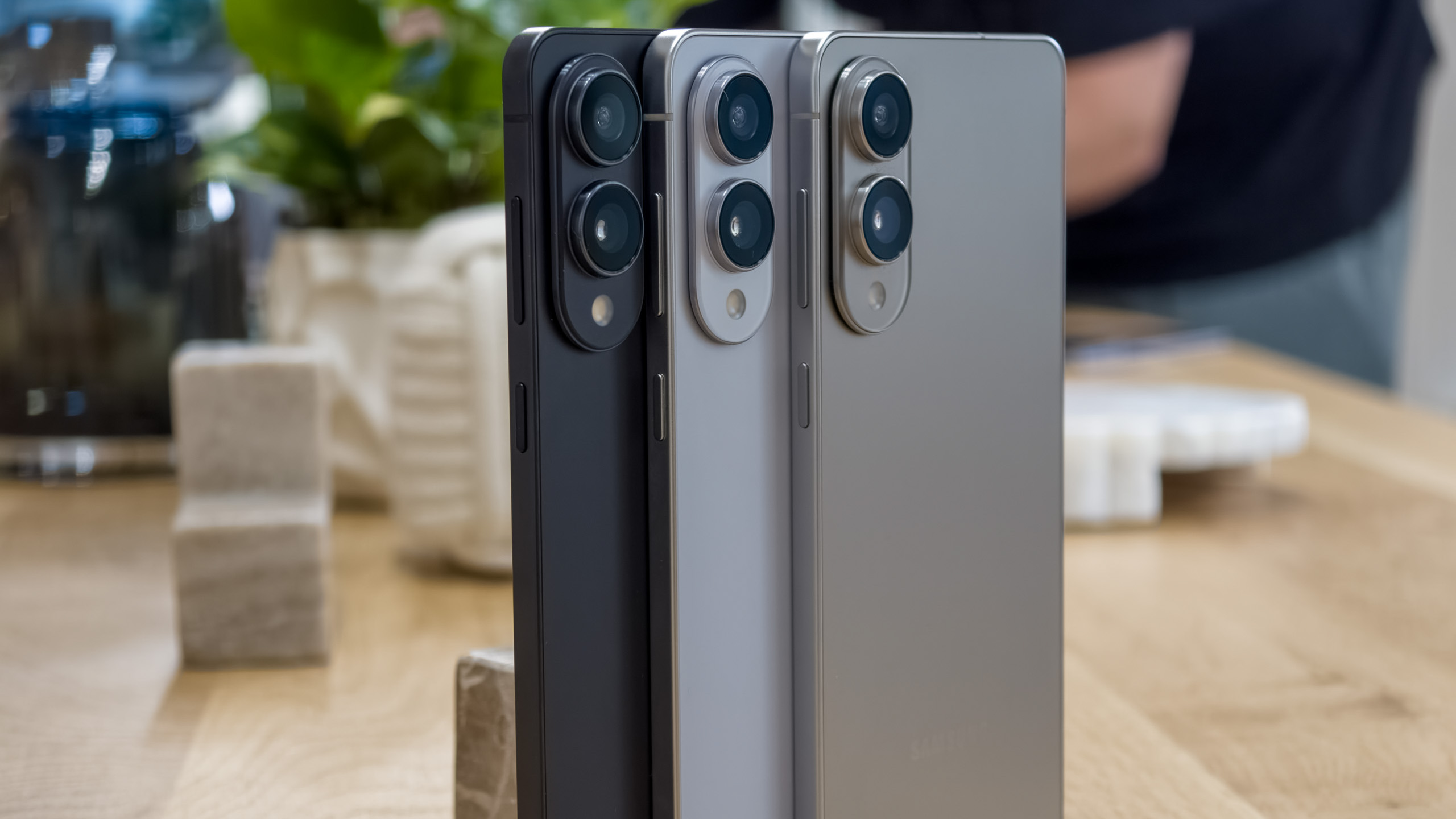OnePlus 11 vs. OnePlus 10T: Which OnePlus phone should you buy in 2023?
The OnePlus 11 costs $200 more, but it has considerable upgrades that justifies the cost.
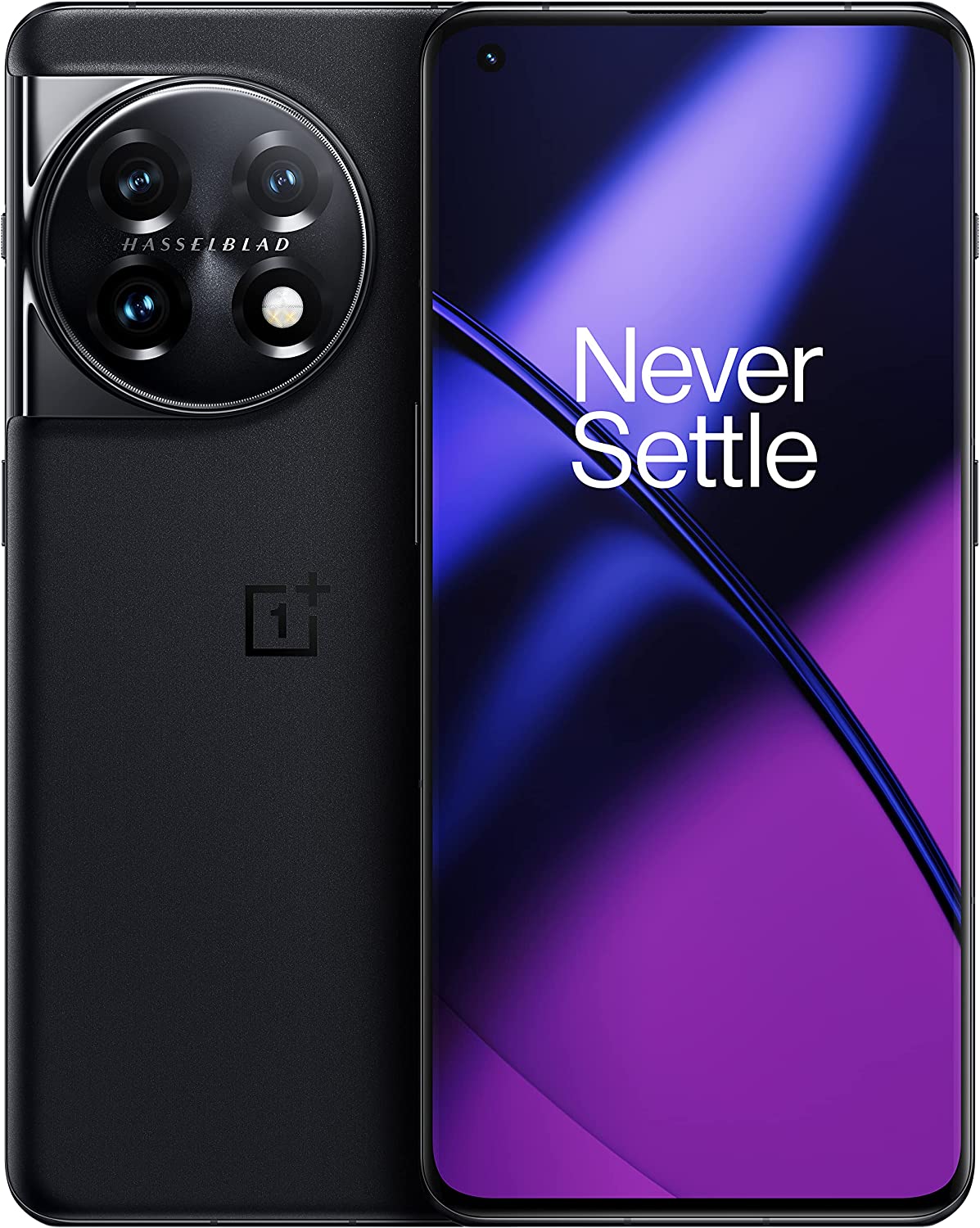
The OnePlus 11 has a sleeker design that looks more modern, a higher-resolution screen that's among the best you'll find on any device today, and the latest internal hardware. It has outstanding cameras that take gorgeous photos in daylight and low-light scenarios, ingress protection is available as standard, and it will get more software updates than the 10T. This is the best OnePlus phone to date, and an obvious choice if you're in the market for a new device.
Pros
- Higher-resolution screen that gets brighter
- Faster internal hardware
- Much better cameras
- Better battery life
- IP64 dust and water resistance
- More guaranteed software updates
- Good value
Cons
- Games limited to 60fps
- Base version has slower UFS 3.1 storage
- No wireless charging
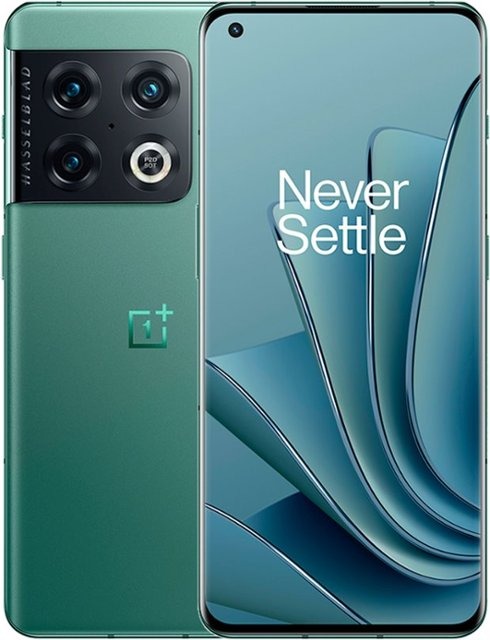
The OnePlus 10T is still a good phone, but it has been overshadowed by the OnePlus 11. The hardware holds its own in 2023 and should be great for several years, you get a vibrant screen, the main camera takes good photos, and it charges at 150W. But the cameras don't measure up to the OnePlus 11, there's no alert slider, it will get fewer software updates, and it misses out on other essentials. While it costs $200 less, you should consider paying more and getting the OnePlus 11.
Pros
- Costs $200 less than OnePlus 11
- Fast hardware that's great for gaming
- Vibrant 120Hz AMOLED screen
- 150W charging tech
Cons
- Mediocre auxiliary cameras
- No alert slider
- Games limited to 60fps
- Won't get as many software updates
- No wireless charging
- Misses out on ingress protection
With OnePlus launching a new phone in its numbered series every six months, there's always something new on the horizon to look forward to. The OnePlus 11 introduces significant changes under the hood and offers much-needed software fixes. That said, it is $200 costlier than the OnePlus 10T, so should you pick up the manufacturer's latest phone or save some cash and get last year's device instead? Let's find out.
OnePlus 11 vs. OnePlus 10T: Design
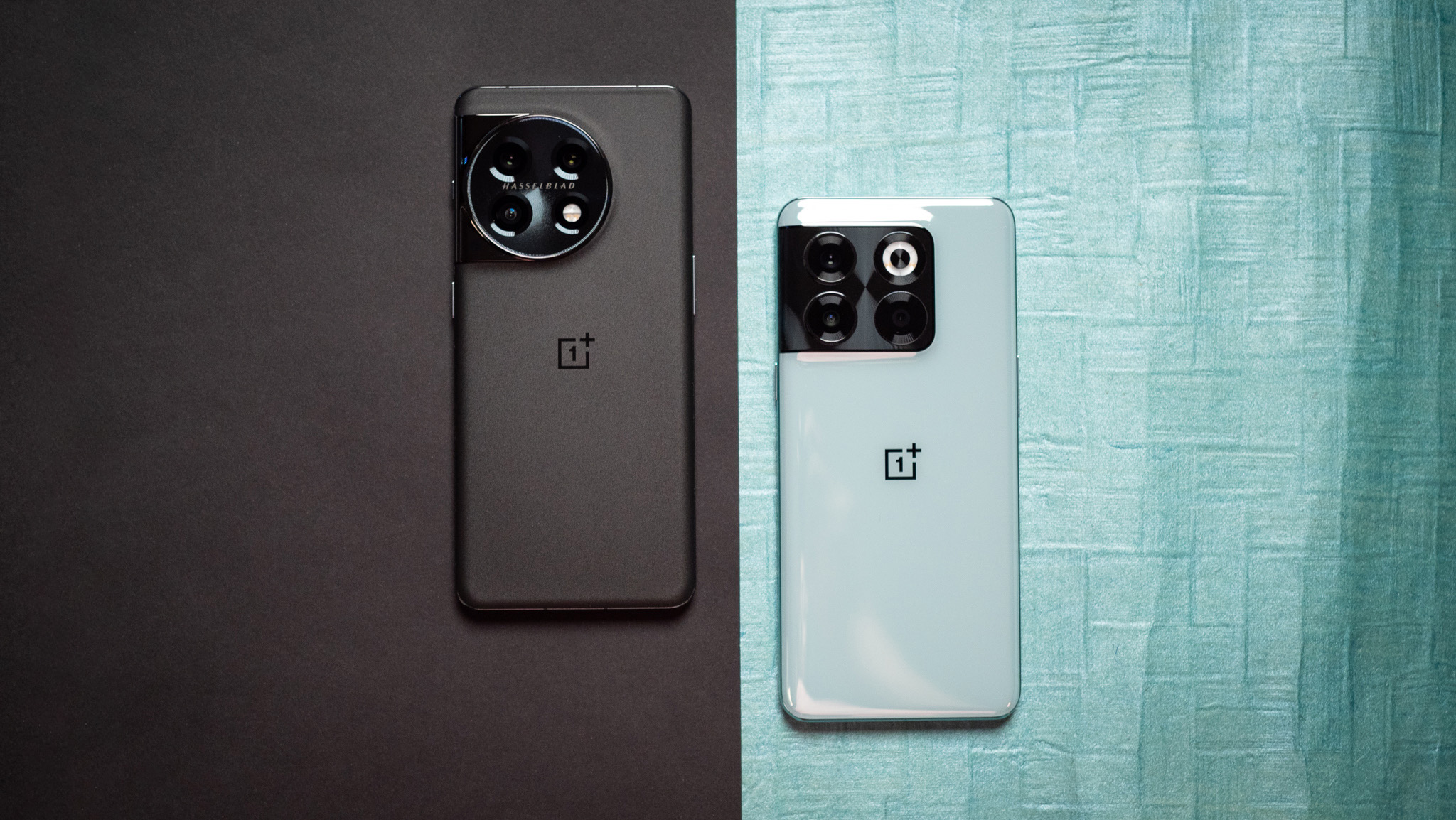
OnePlus doesn't usually change the design of its phones between generations, but in recent years the Chinese manufacturer has tried out several variations of camera housings at the back. I liked the minimalist design that we got with the OnePlus 9 Pro, but last year's OnePlus 10 Pro and 10T switched to a rectangular housing that didn't quite have the same elegance. Sure, it was cool the way the housing merged into the mid-frame, but the island as a whole felt needlessly large.
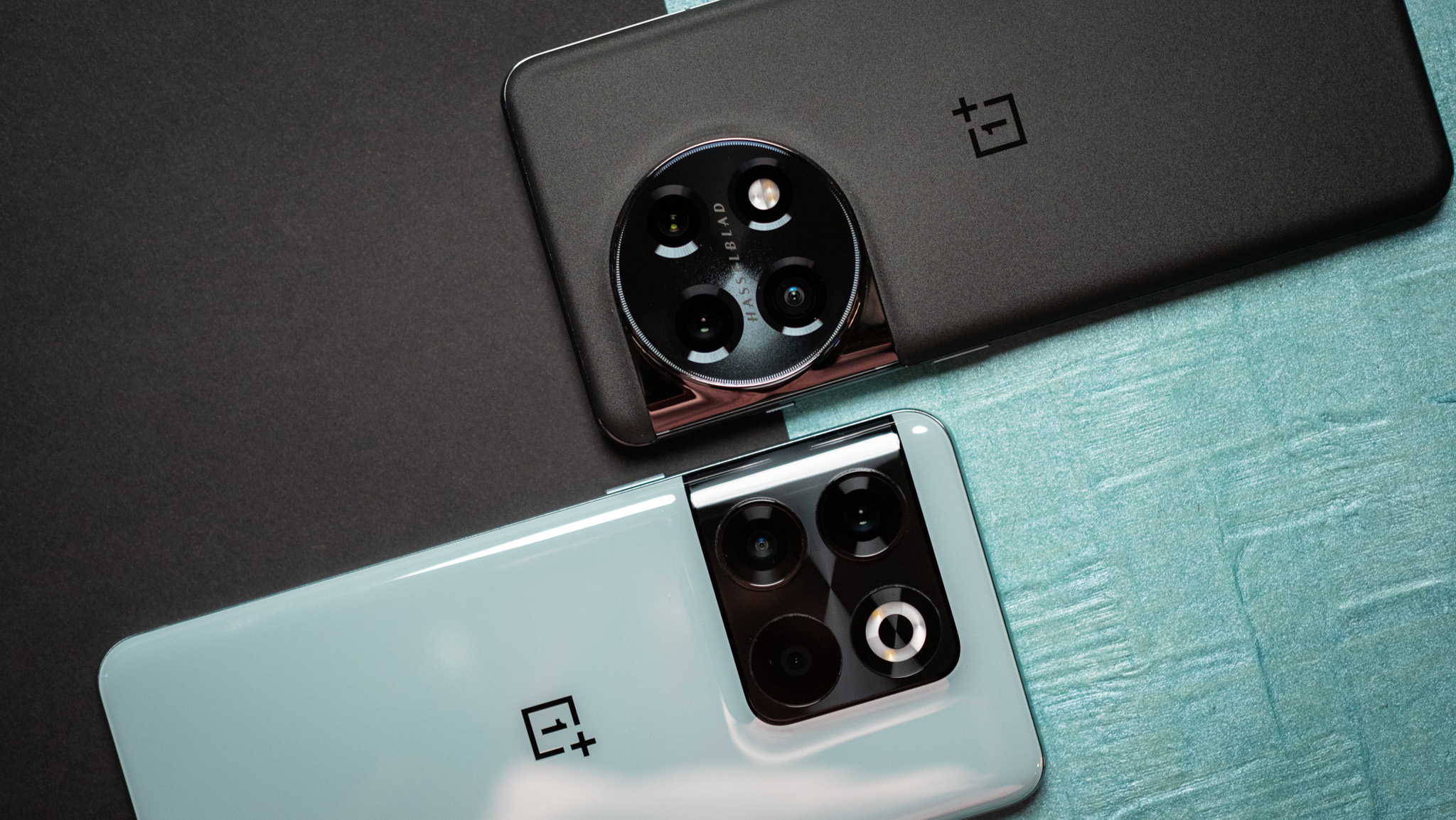
Thankfully, OnePlus made amends with the OnePlus 11, with the device offering a circular housing that looks a lot more cohesive. It is still the same size as last year's housing and blends seamlessly into the mid-frame, but it feels modern and makes the device look upmarket. Using both devices side-by-side, I like the look and feel of the OnePlus 11 a lot more. Both devices use glass, but the glossy finish at the back of the OnePlus 10T isn't to my liking, and the silky texture on the OnePlus 11 feels nicer in-hand.
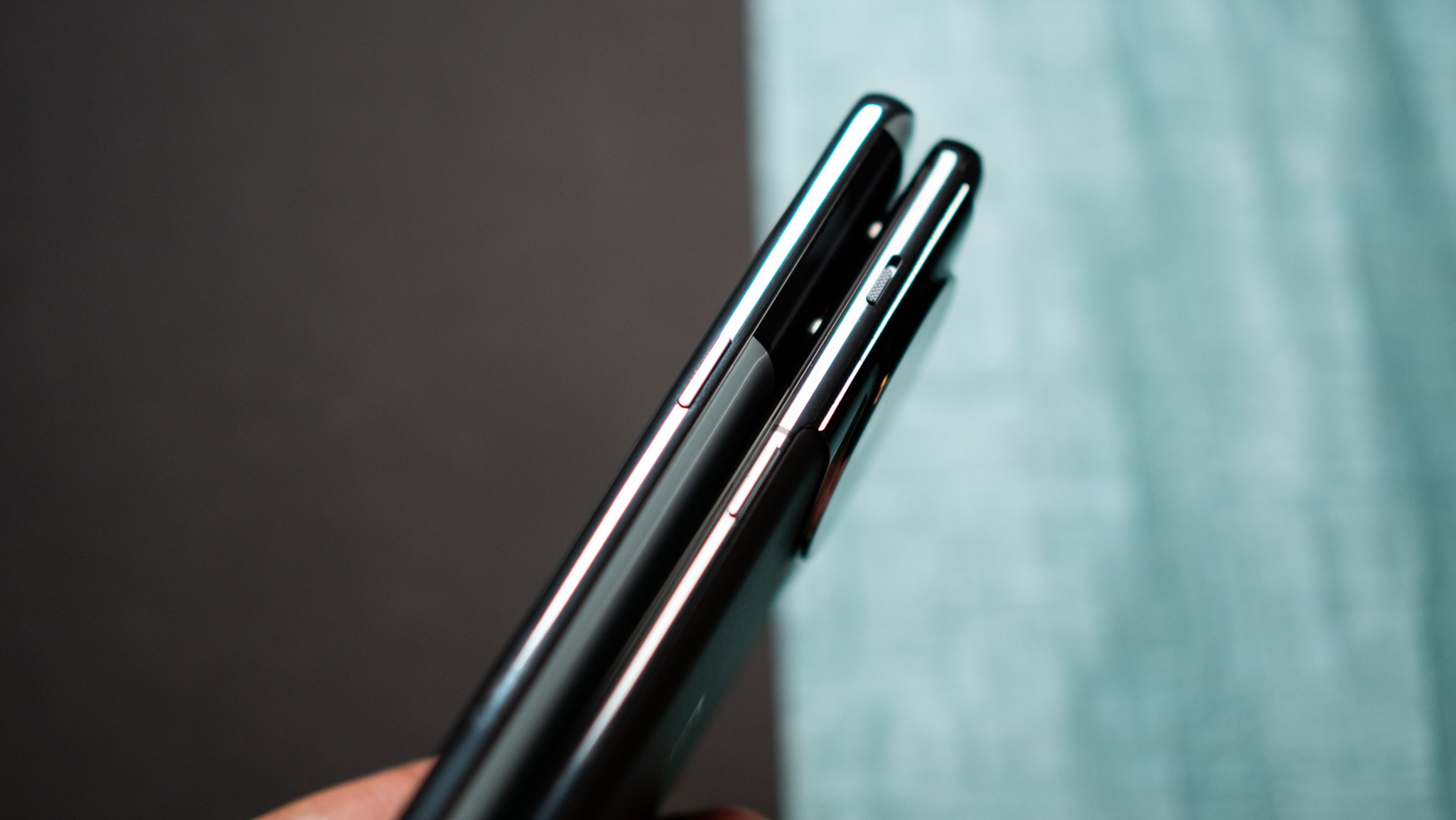
Outside of the camera housing, the biggest change on the design side of things is the lack of the alert slider on the OnePlus 10T. This hardware feature has been a mainstay on all OnePlus phones starting with the OnePlus 2, and I don't understand why the manufacturer omitted it on the 10T. Once again, the OnePlus 11 rectifies this issue, and the alert slider is intact on the device.
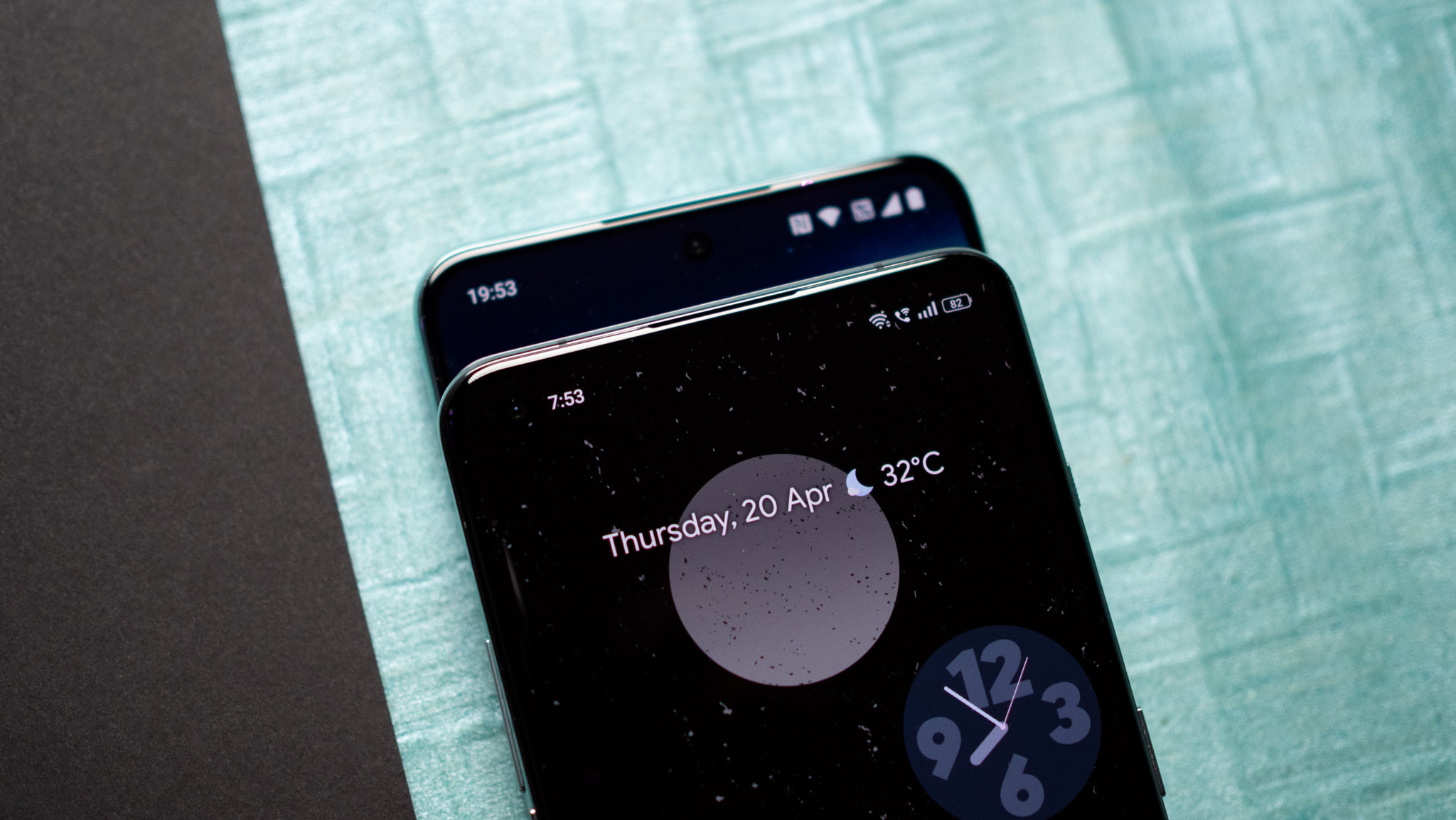
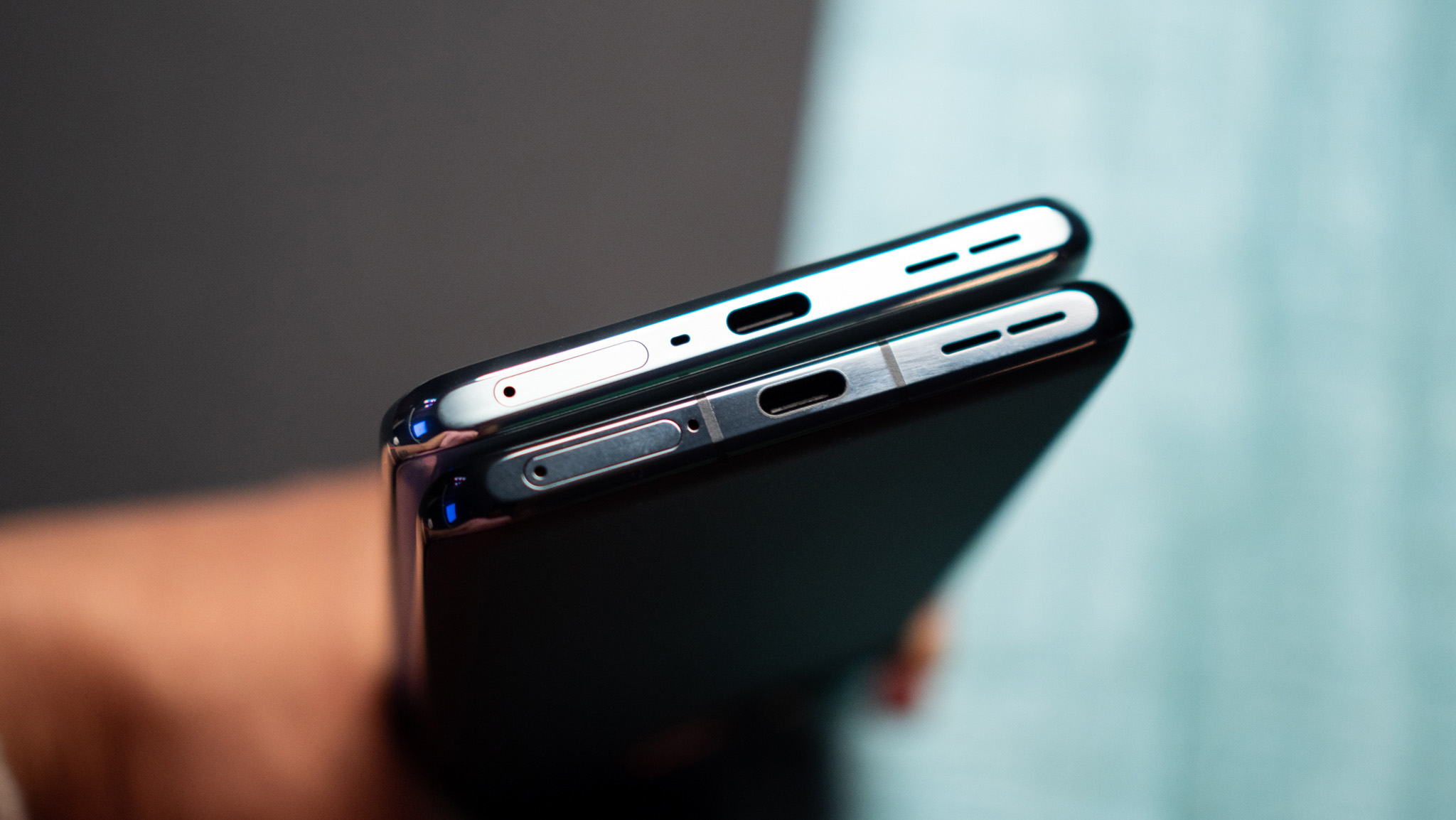
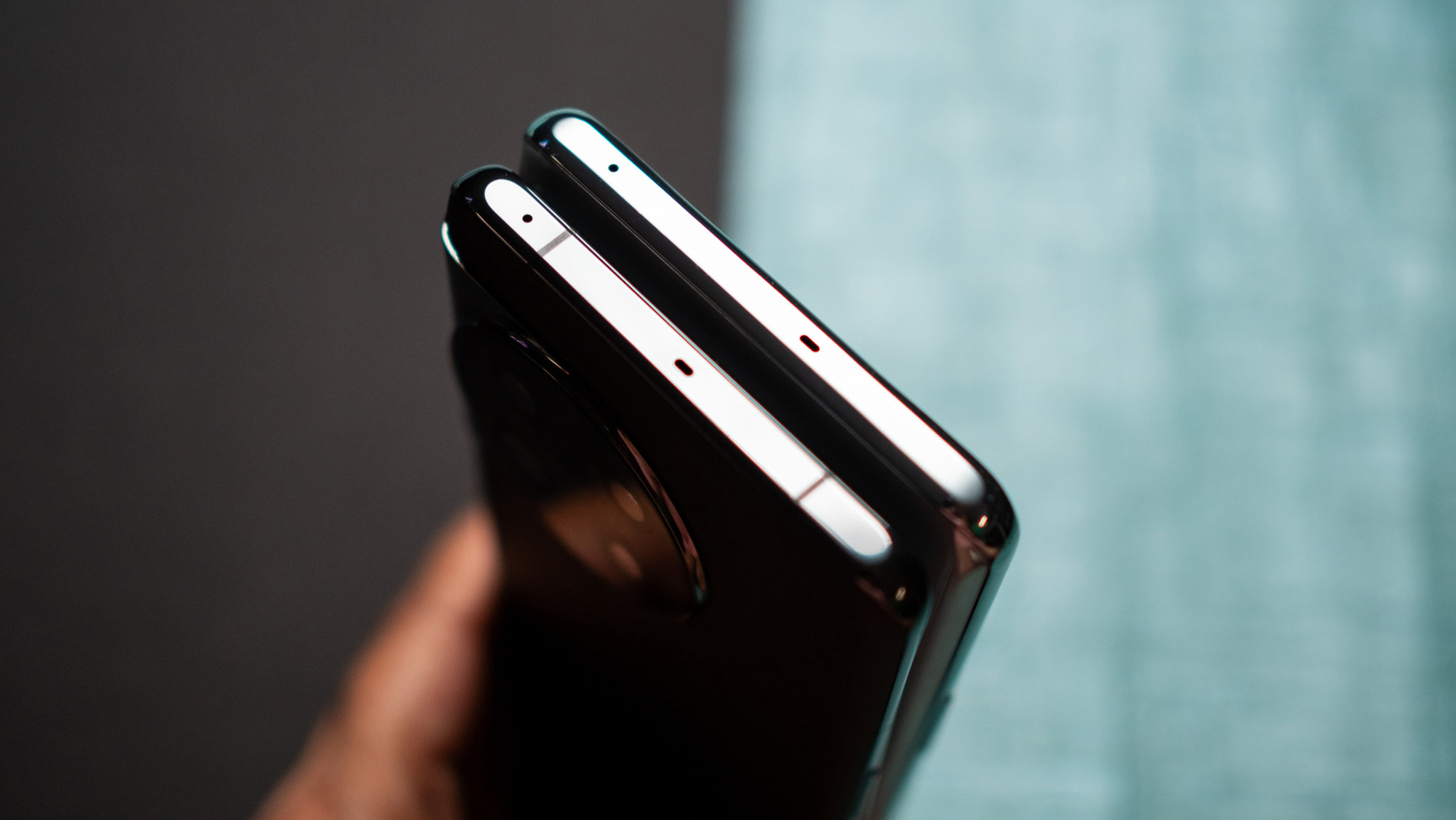
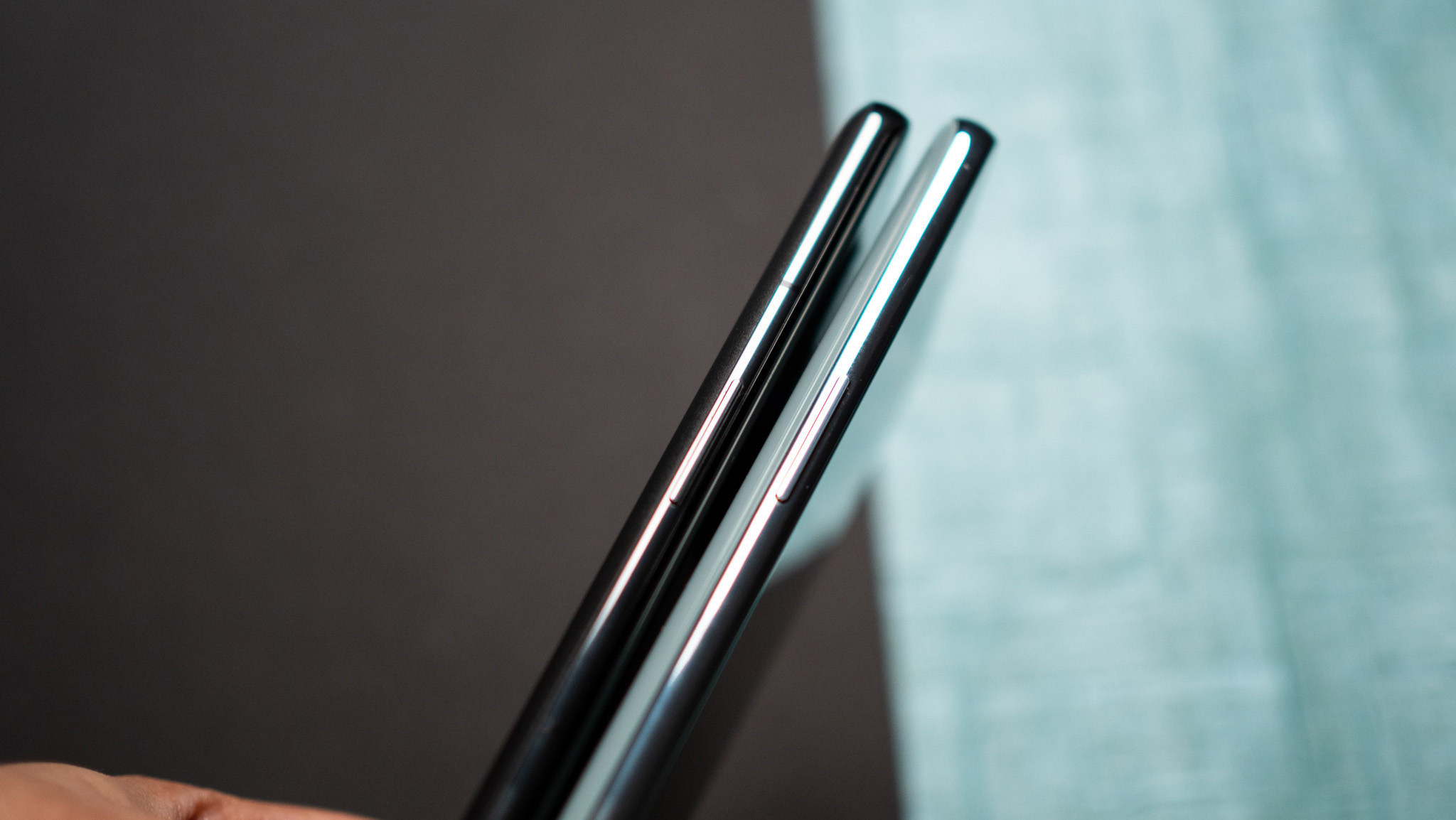
Elsewhere, the overall design aesthetic is largely similar, with both devices sharing near-identical dimensions. The OnePlus 11 is a smidgen narrower and thinner — giving it a better in-hand feel — but they have the same weight and similar weight distribution. What is different, however, is that the OnePlus 10T uses a plastic chassis, with the OnePlus 11 featuring an aluminum mid-frame. This is evident when using both devices next to one another, and the OnePlus 11 just feels like a much more premium product.
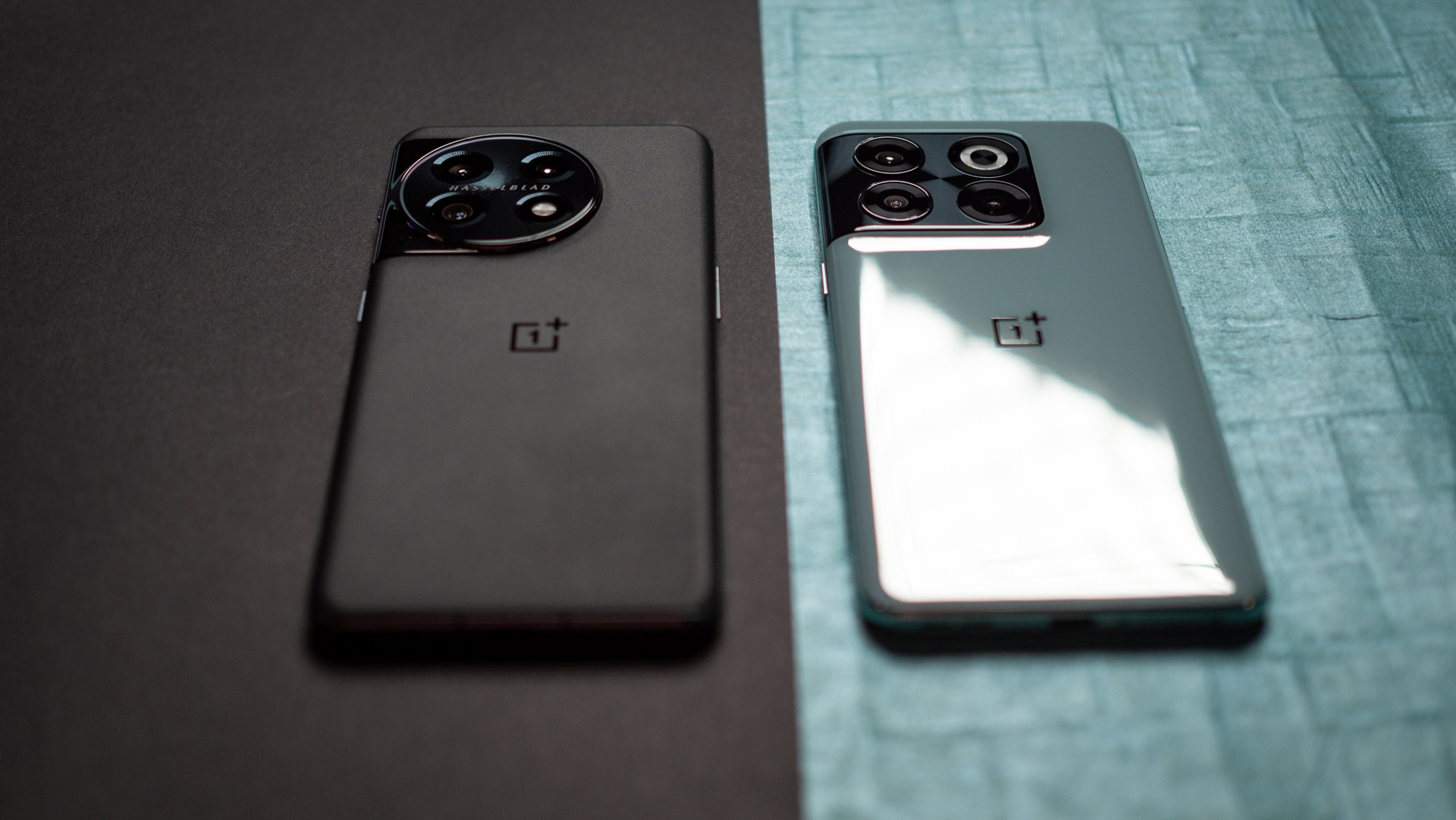
Another omission on the OnePlus 10T is an IP rating; the OnePlus 11, meanwhile, comes with IP64 dust and water resistance as standard on all global models. This makes the OnePlus 11 that much more versatile, and while it isn't as good as the IP68 standard that you get on the likes of the Galaxy S23 series, it gives the phone much better resistance against the elements.
Overall, the OnePlus 11 has a much better in-hand feel, and the design tweaks give it a distinct edge over the 10T. The fact that you get an alert slider and IP64 rating makes the device that much more enticing.
Get the latest news from Android Central, your trusted companion in the world of Android
OnePlus 11 vs. OnePlus 10T: Display
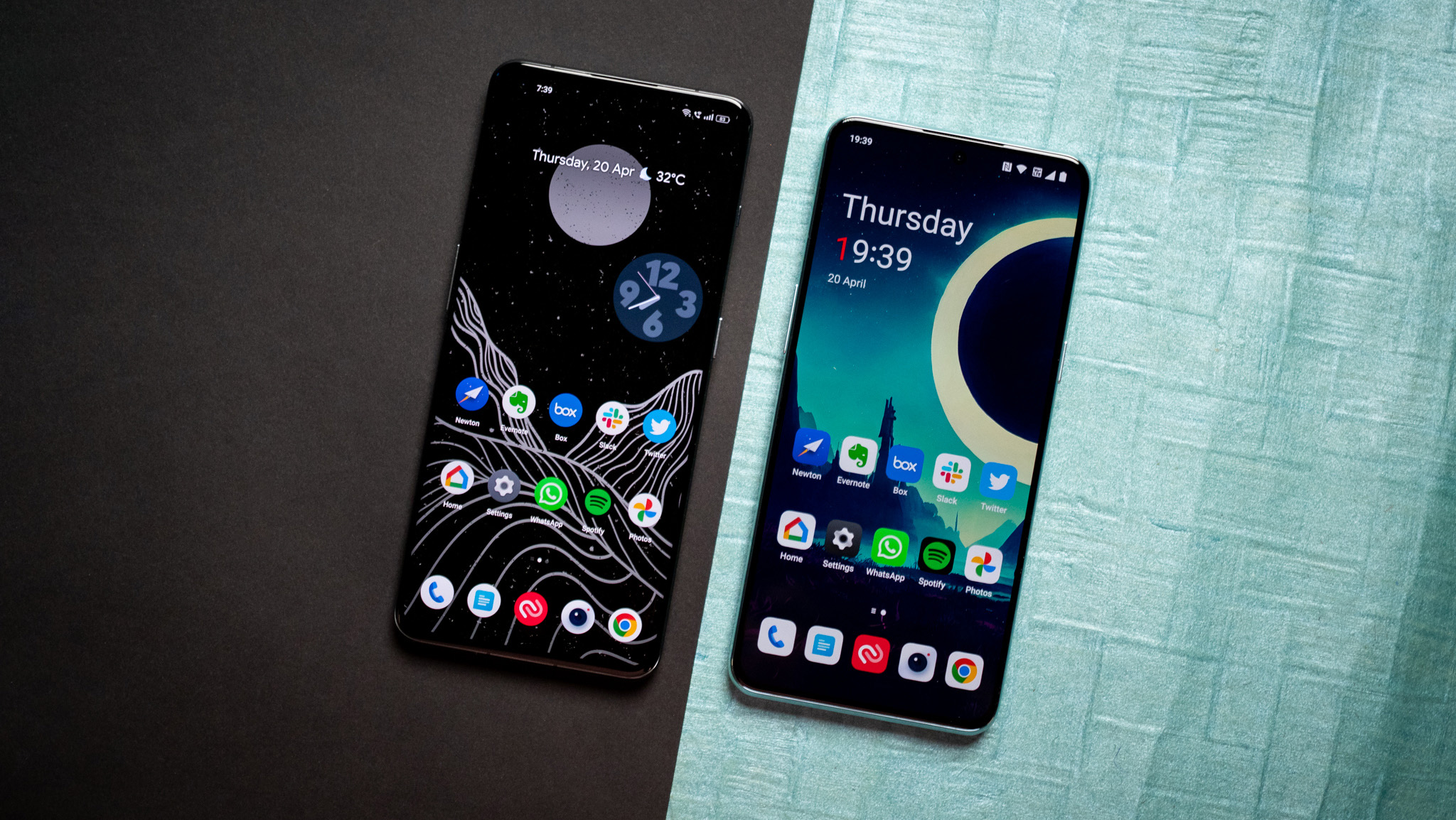
OnePlus didn't launch a Pro variant this year, with the regular OnePlus 11 instead getting considerable upgrades, including a QHD+ (3216 x 1440) AMOLED panel with 120Hz refresh. By contrast, the OnePlus 10T has an FHD+ (2412 x 1080) AMOLED panel with 120Hz refresh, and while it is good enough in its own right, it doesn't quite measure up to the OnePlus 11.
The OnePlus 11 goes up to 1300 nits for HDR content, and it has Dolby Vision. But the biggest difference is the inclusion of LTPO tech, allowing the screen to dynamically change the refresh from 1Hz all the way to 120Hz based on the content on the screen. The OnePlus 10T, on the other hand, has linear refresh switching and cycles between 30, 60, 90, and 120Hz in daily use.
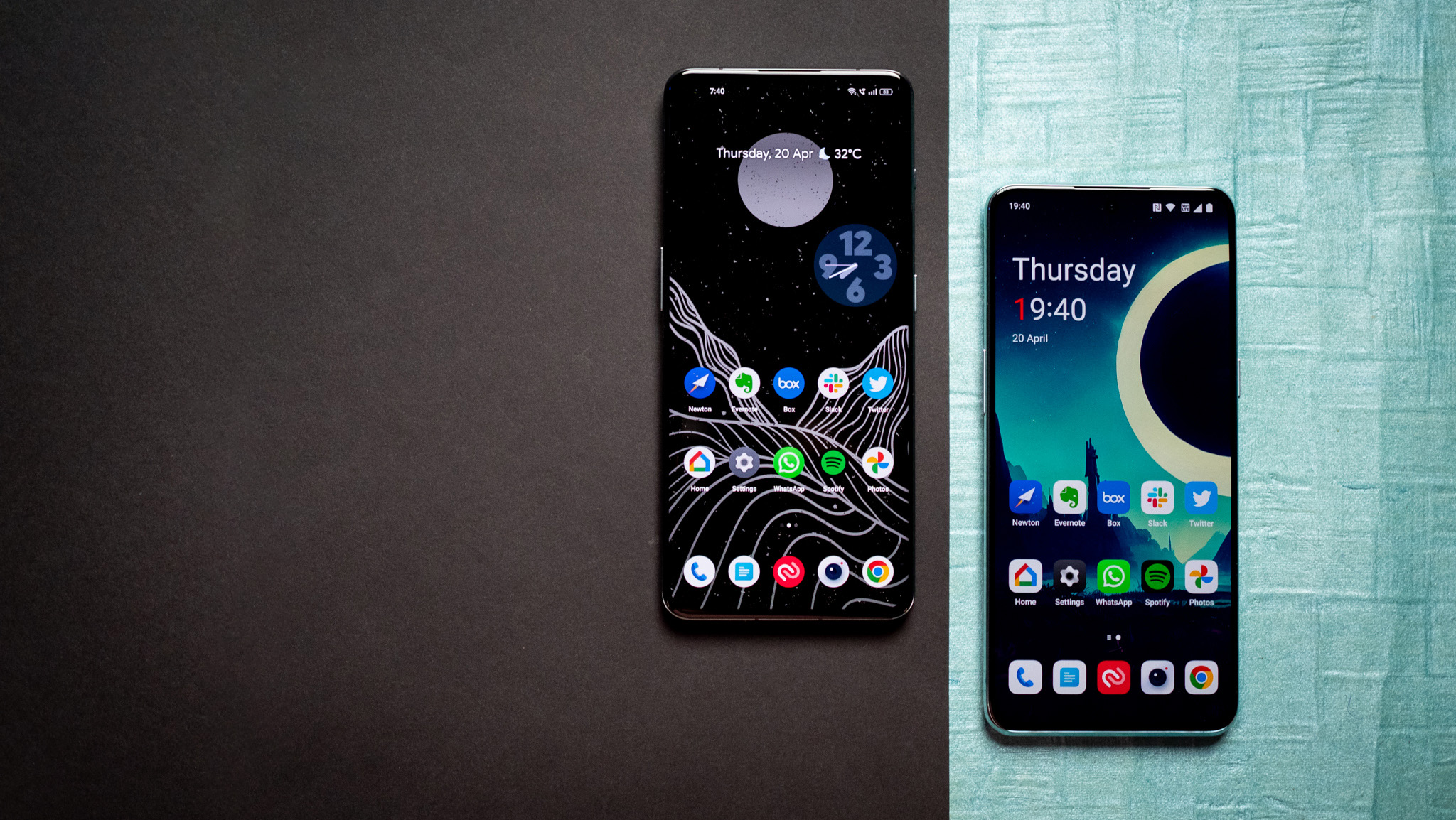
The panel on the OnePlus 11 features a layer of Gorilla Glass Victus, with the OnePlus 10T getting Gorilla Glass 5 instead. Both phones have the same 6.7-inch screen size, but the higher resolution and better contrast levels on the OnePlus 11 allow it to stand out. Both devices get stereo sound as well, and I found the OnePlus 11 to get a little louder and more detailed.
OnePlus 11 vs. OnePlus 10T: Hardware
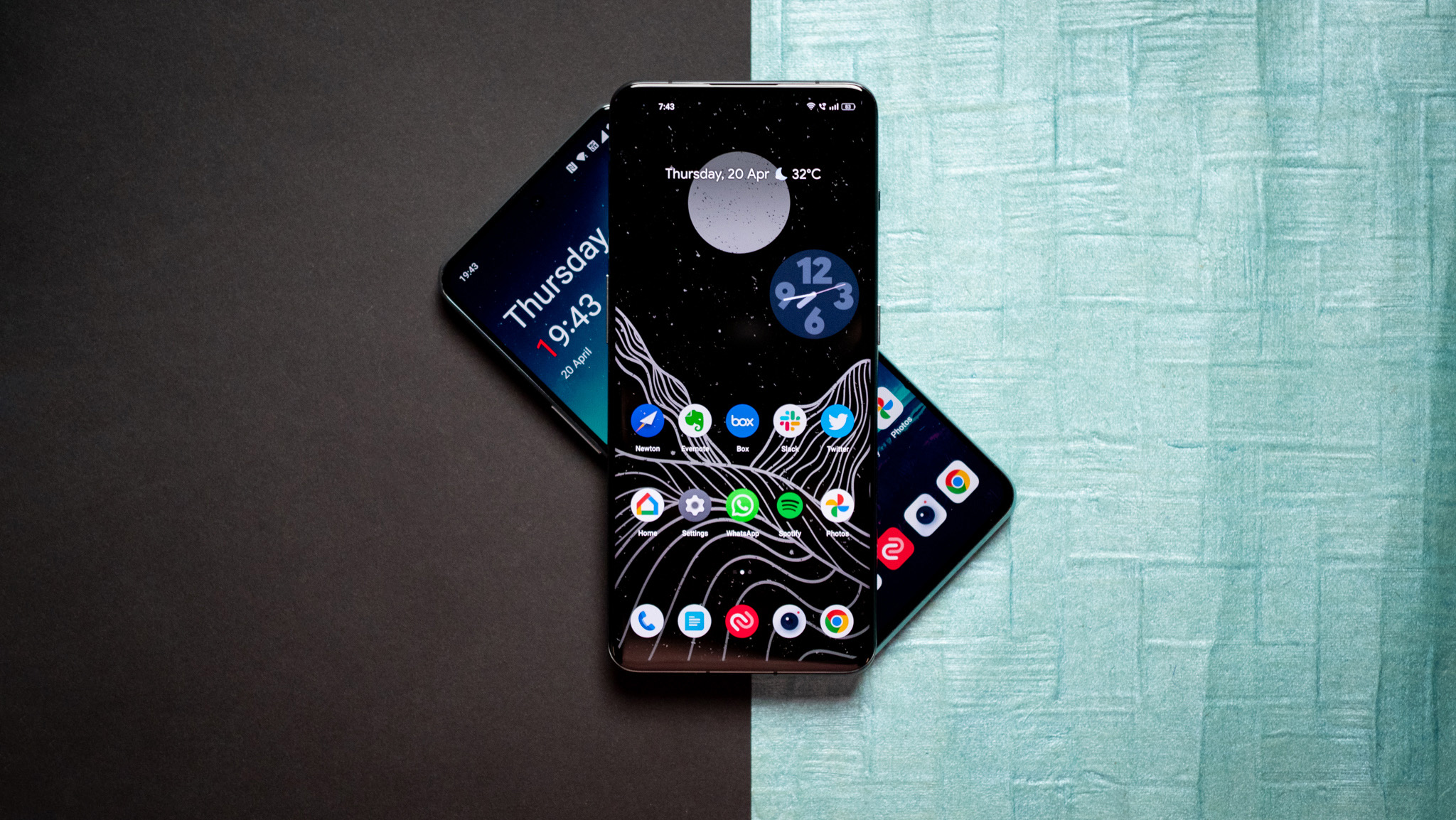
With all OnePlus flagships offering the latest hardware, there isn't usually a big difference between generations. That isn't the case this time, with the OnePlus 11 touting notable gains in all areas over the 10T. That's down to the fact that it is powered by Qualcomm's latest Snapdragon 8 Gen 2. The chipset has been overhauled and now uses a combination of four cores, and a key highlight this year is increased performance while using less power, and much better sustained gaming figures.
The Snapdragon 8+ Gen 1 is still one of the best mobile chipsets you can get, but next to the 8 Gen 2, it doesn't quite deliver the same sustained figures. As a result, the 10T throttles in extended gaming use, while the OnePlus 11 continues to offer lag-free gaming even in marathon sessions. Overheating isn't an issue this year either, and having used nearly a dozen devices powered by the 8 Gen 2, I can safely say that it is one of Qualcomm's best efforts to date.
| Category | OnePlus 11 | OnePlus 10T |
|---|---|---|
| OS | OxygenOS 13, Android 13 | OxygenOS 13, Android 12 |
| Display | 6.7-inch 120Hz AMOLED, QHD+ (3216 x 1440), LTPO3, Gorilla Glass Victus | 6.7-inch 120Hz AMOLED, FHD+ (2412 x 1080), Gorilla Glass 5 |
| Chipset | Qualcomm Snapdragon 8 Gen 2, 1 x 3.2GHz Cortex X3, 2 x 2.8GHz Cortex A715, 2 x 2.8GHz Cortex A710, 3 x 2.0GHz Cortex A510, Adreno 740, 4nm | Qualcomm Snapdragon 8+ Gen 1, 1 x 3.19GHz Cortex X2, 3 x 2.75GHz Cortex A710, 4 x 1.80GHz Cortex A510, Adreno 730, 4nm |
| RAM | 8GB/16GB LPDDR5X | 8GB/16GB LPDDR5X |
| Storage | 128GB UFS 3.1/256GB UFS 4.0 | 128GB/256GB UFS 3.1 |
| Rear camera 1 | 50MP Sony IMX890, f/1.8 1/1.56-inch sensor, PDAF, OIS, 8K at 30fps, 4K at 60fps | 50MP Sony IMX766, f/1.8 1/1.56-inch lens, OIS, 4K at 60fps |
| Rear camera 2 | 48MP Sony IMX581, f/2.2, 120-degree wide-angle lens | 8MP f/2.2, 125-degree wide-angle |
| Rear camera 3 | 32MP Sony IMX709 RGBW, f/2.0, 2x optical zoom | 2MP f/2.4 macro |
| Front camera | 16MP Sony IMX471, fixed focus | 16MP Sony IMX471, fixed focus |
| Connectivity | Sub-6 5G, Wi-Fi 6, Wi-Fi 7 (via future OTA), Bluetooth 5.3, NFC | Sub-6 5G, Wi-Fi 6, Bluetooth 5.2, NFC |
| Audio | Stereo sound, USB-C audio, 24-bit/192kHz | Stereo sound, USB-C audio, 24-bit/192kHz |
| Audio codecs | AptX, AptX HD, LDAC, LHDC, SBC, AAC | AptX, AptX HD, LDAC, LHDC, SBC, AAC |
| Ingress Protection | IP64 | None |
| Security | In-screen optical module | In-screen optical module |
| Battery | 5000mAh, 100W fast charging (80W in North America) | 4800mAh, 150W fast charging (125W in North America) |
| Dimensions | 163.1 × 74.1 × 8.53mm, 205g | 163 x 75.4 x 8.8mm, 204g |
| Colors | Titan Black, Eternal Green | Moonstone Black, Jade Green |
Elsewhere, the OnePlus 11 gets the latest Wi-Fi 7 and Bluetooth 5.3 radios, but Wi-Fi 7 connectivity isn't enabled right now — that's going live via an OTA update due later in the year. The OnePlus 10T misses out on Wi-Fi 7 altogether, and it has Bluetooth 5.2. Other than that, both devices share the same connectivity: you get global Sub-6 5G bands, NFC, AptX HD audio codec, dual-band GPS, and USB 2.0 for the USB-C charging port.
Both phones have a similar in-screen fingerprint sensor, and I didn't have any issues with authentication on either device. The optical module is fast to authenticate and is error-free most of the time, and there's software-assisted face unlock. Rounding out the hardware, both devices have a good vibration motor, but I found the one on the OnePlus 11 to have better feedback.
As for battery life, you'll easily get a day's worth of use out of both phones, and the OnePlus 11 edges out the 10T thanks to a larger 5000mAh battery and better efficiency. The OnePlus 10T has a 4800mAh battery, and where it wins out is charging tech — it uses 150W charging by default. The OnePlus 11 features 100W charging, and while there's a marginal difference between the two, I wouldn't really consider going with the 10T just for the faster charging — the OnePlus 11 lasts longer in daily use and is the better option if you want a phone with the best battery life.
OnePlus 11 vs. OnePlus 10T: Cameras
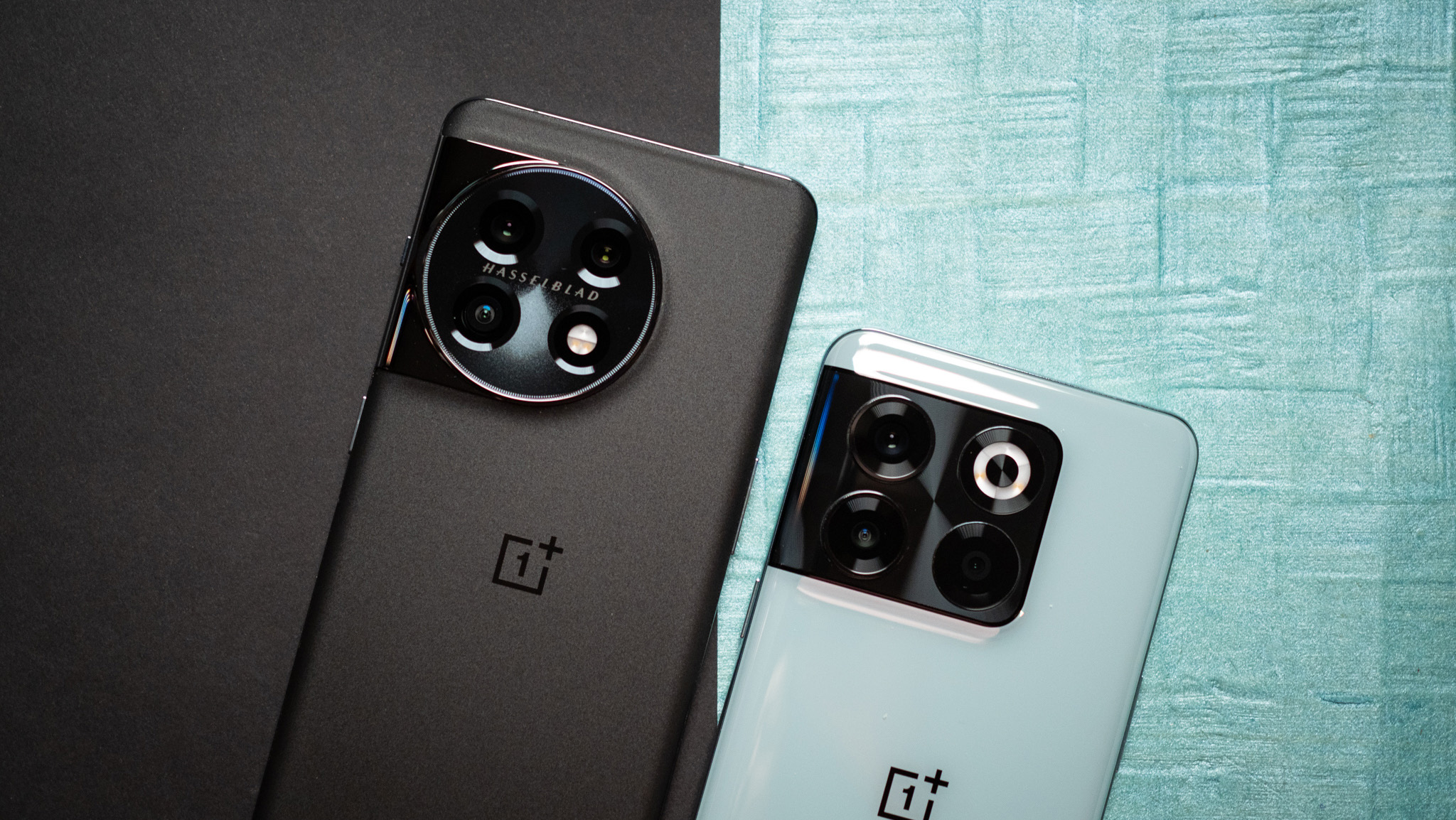
OnePlus has an annoying habit of using sub-par auxiliary cameras on some of its devices, and that's the case with the OnePlus 10T. The phone has a 50MP Sony IMX766 paired with an 8MP wide-angle lens and a useless 2MP macro, and there's a 16MP camera at the front. Without burying the lede too much, this is essentially a mid-range camera system, and while the IMX766 has proven to be a reliable shooter, it is quite dated, and the auxiliary cameras just aren't worth your time.
Thankfully, there's much more to like in the OnePlus 11. The phone also has a 50MP primary camera, but it is based on Sony's latest IMX890 module, and it is joined by a 48MP wide-angle lens and 32MP telephoto with 2x optical zoom. The telephoto lens isn't on par with the likes of the S23 Ultra or the Pixel 7 Pro, but the 50MP main camera and wide-angle modules are easily the best the manufacturer has introduced to date.
Furthermore, the OnePlus 11 gets Hasselblad integration, and you get a custom camera interface with orange accents and unique effects. As for the quality of the cameras, the OnePlus 11 does a significantly better job than the 10T, delivering outstanding photos in just about any situation. That's true for the wide-angle lens as well, and if you need versatile cameras, there's no doubt that the OnePlus 11 is the device to get.
OnePlus 11 vs. OnePlus 10T: Software
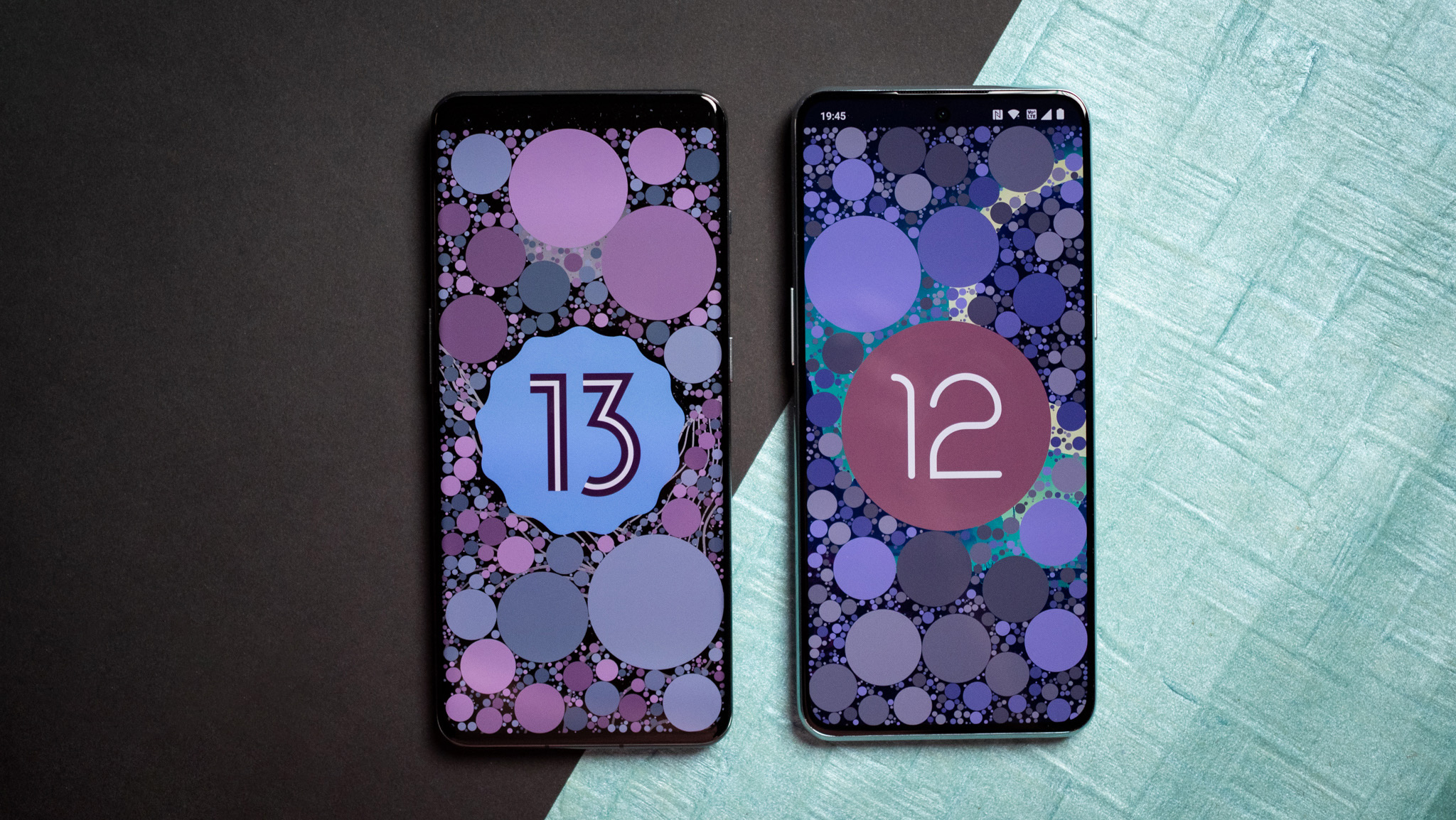
OnePlus now uses ColorOS on its phones, but for some reason the software is still called OxygenOS. I don't understand the reasoning for continuing with the OxygenOS label considering the software itself is indistinguishable to ColorOS 13, and it is likely we'll see the manufacturer just switch to ColorOS branding in the future.
For now though, the software is very different to earlier versions of OxygenOS, but the good news is that it is stable and isn't riddled with bugs. There is a lot of customizability, the interface looks modern, and it feels fluid in daily use. It still isn't quite as fast as legacy OxygenOS, but on the whole, there isn't much to dislike here.
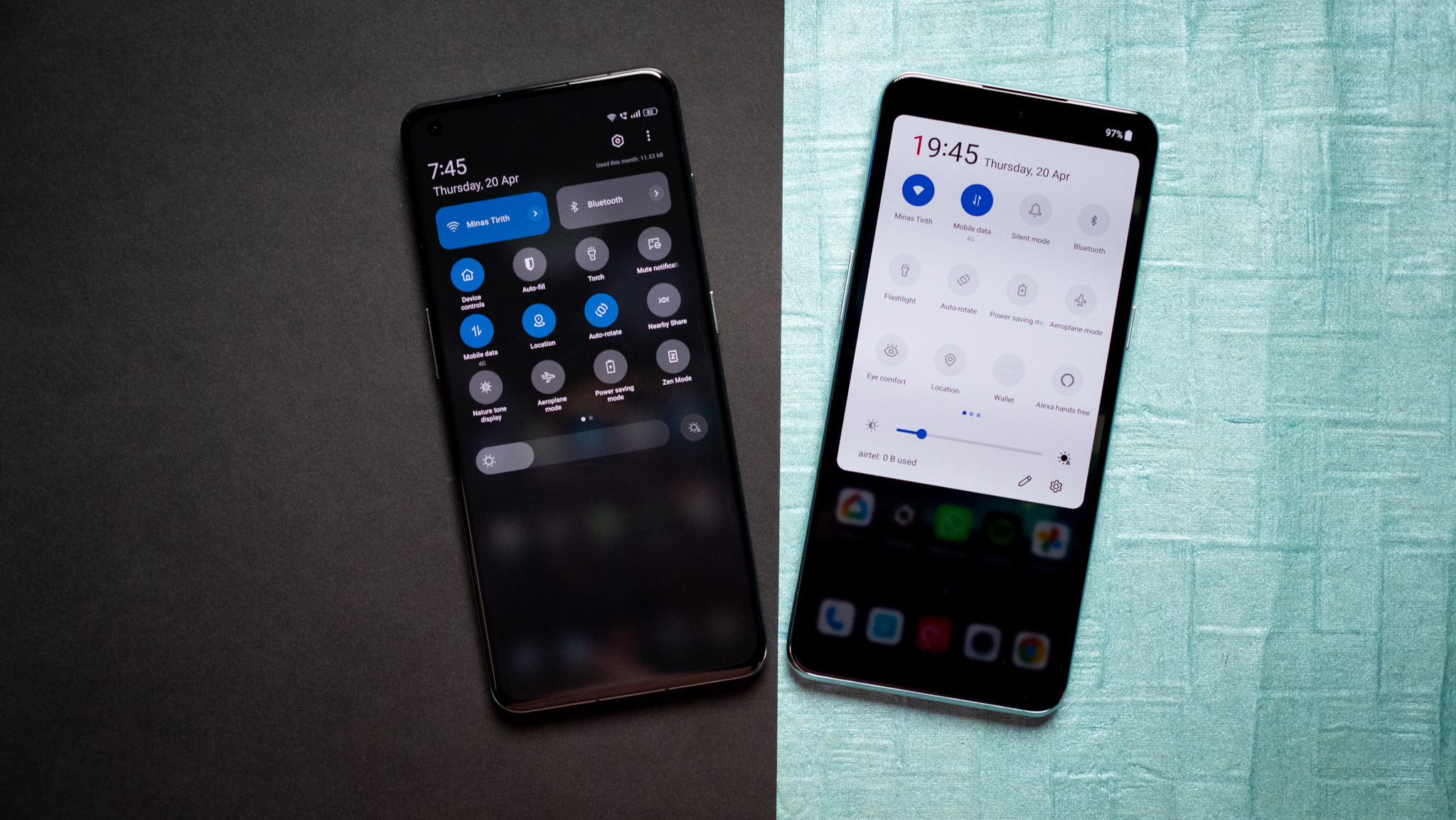
The OnePlus 11 runs OxygenOS 13 based on Android 13, with the 10T still on OxygenOS 13 based on Android 12 — my unit hasn't received the Android 13 stable build yet.
Furthermore, the OnePlus 11 came with Android 13 out of the box, and in a positive move, OnePlus says it will roll out four guaranteed Android OS updates to the phone, so it will pick up the Android 17 update once it is available down the line.
On the other hand, the OnePlus 10T runs Android 12 out of the box, and it will get three Android OS updates, bringing it to Android 15. So you're essentially getting two more software updates with the OnePlus 11, and that should factor into your buying decision.
Bottom line: Here's why you should buy the OnePlus 11

The OnePlus 11 is launching just six months after the OnePlus 10T, but it packs considerable upgrades that give it a huge edge. The design looks modern, the device has a much better in-hand feel, you get Gorilla Glass Victus over the screen and an aluminum mid-frame, and a higher-resolution QHD+ AMOLED screen that is fantastic in daily use.
The upgrades extend to the hardware side as well, with the Snapdragon 8 Gen 2 offering noticeable gains in just about every area. It delivers excellent performance figures and doesn't throttle anywhere as early as the 8+ Gen 1 on the 10T, so you can enjoy lag-free gaming sessions that extend beyond the one-hour mark.
On that note, the OnePlus 11 also has a larger battery, and while it doesn't have 150W fast charging, the 100W charging tech is more than adequate, and it takes just over 30 minutes to fully charge the device. Then there's the fact that the OnePlus 11 has the best cameras of any OnePlus phone I used to date, and I tested every phone the manufacturer rolled out in the last nine years.
But the biggest reason to get the OnePlus 11 over the OnePlus 10T is the software updates. The OnePlus 11 will get four guaranteed Android OS updates along with five years of security updates, and that alone makes it worth the $200 premium. Basically, the device will be updated all the way to Android 17, but the OnePlus 10T will only go up to Android 15. This makes all the difference in long-term use, and if you want the best OnePlus phone right now, my recommendation is the OnePlus 11.

The OnePlus 11 is the best OnePlus phone at the moment, and you get a stylish design with the latest hardware, fabulous cameras, long-term software updates, and an interface that looks modern. To sum it up, this is the best value you'll find right now.

Harish Jonnalagadda is Android Central's Senior Editor overseeing mobile coverage. In his current role, he leads the site's coverage of Chinese phone brands, networking products, and AV gear. He has been testing phones for over a decade, and has extensive experience in mobile hardware and the global semiconductor industry. Contact him on Twitter at @chunkynerd.
